|
Home
Dharamsala
Photo Gallery
H H the DalaiLama
The Library of Tibetan Works & Archives
Tibetan Institute Of Performing Arts
Tibetan Medical Tradition
Namgyal Monastery
Tibetan Administration
Organisataions
TIBET’S ENVIRONMENT AN OVERVIE
What to see
Travel Agents
Hotels
Books on Tibet
Yoga Centres
|
|
Dharamshala
Kangra valley is one
of the Himachal’s
beautiful valleys. It rolls down the southern edge of magnificent Dhauladhar
range in gentle slopes covered with forests of pine, orchards, green
tea gardens and terraced fields. The Dhauladhars
-the “White ranges” rise upto 14000 ft . providing a dramatic
backdrop to the hill resort of Dharamshala.
This is the principal township of Kangra covering a wide
area in the form of town settlement. Lower Dharamsala
(1380 mt)is a busy commercial centre, while upper Dharamsala (1700
mt) with the suburbs of Mcleodganj and
Forsythganj, -retains the British flavour more or less colonial
lifestyle. The charming stone church of St.
John in the Wilderness, with its beautiful stained glass
windows is situated here and this church yard is the final resting
place of lord Elgin a British Viceroy of India who was buried here
in 1863, as he chose to remain in the town he loved. Up in Mcleodganj is a
charming Tibetan settlement with bustling Bazars that sell carpets,
handicrafts and delicious Tibetan food A giant prayer wheel
ornaments main street and in the monastery, a serene statue of the
Lord Buddha presides over the gentle chanting of the monks. His
Holiness, the Dalai Lama
resides in Mcleodganj, which
is now a major centre for Tibetan Government -in- exile and Tibetan
culture. It has a School for Tibetan studies with rare manuscripts
and texts, Tibetan Institute of Performing Arts and a handicrafts
centre. Dharamshala has everything for a perfect holiday. Winter in
the Kangra Valley is
enchanting. The snow line remains close enough at all times and
during winter months, the northern part is swaddled in a blanket of
freshly fallen snow allowing the magic of Kangra to take on yet
another hue. Numerous ancient temples like Jawalamukhi,
Bajreshwari, Chamunda
and
Baijnath
(Vaidyanath) lie on the below Dhauladhar
|
|
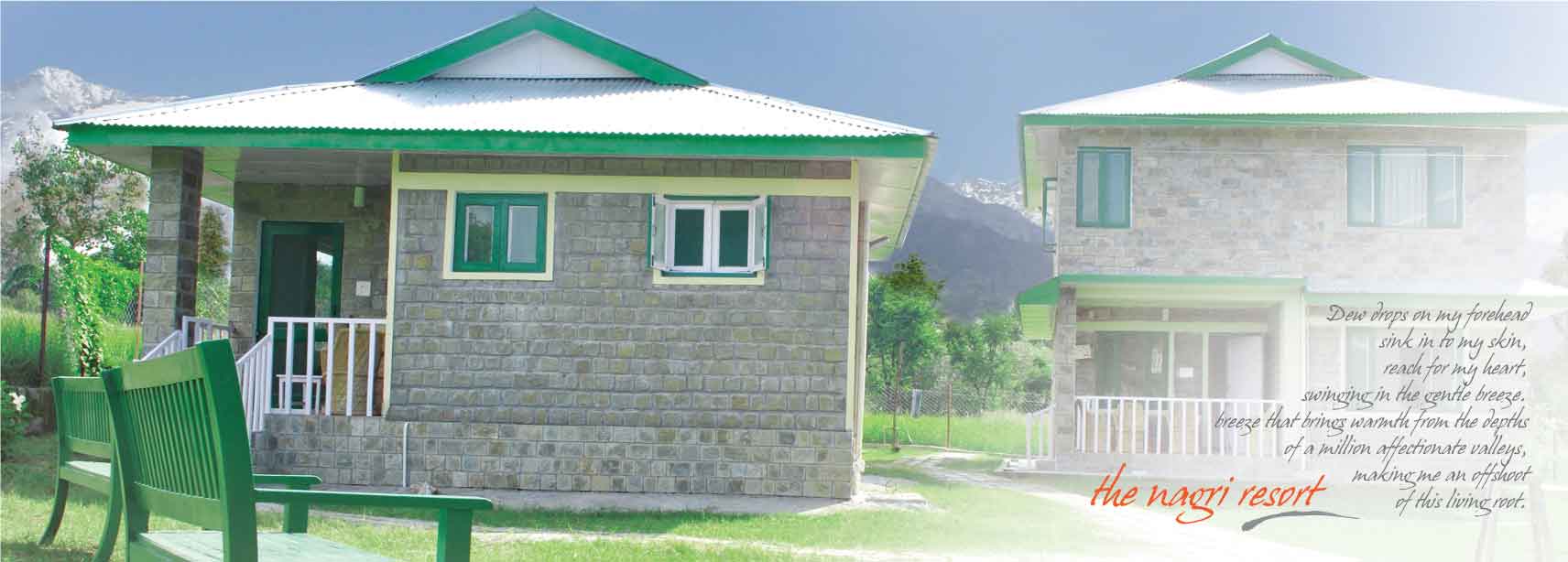 |
|
The Nagri
Resort - the back alley to paradise. A blissful cluster of
cottages amongst natural and man-made luxuries. Just 10
kilometers from Palampur, the Nagri Resorts is perched among
paddy fields, a stream called Khadd and picture perfect
views of the snow capped Dhauladhar.
Read more |
| |
|
New in Dharamshala |
|
 |
|
Location :Sidhbari
Dharamshala H.P. |
|
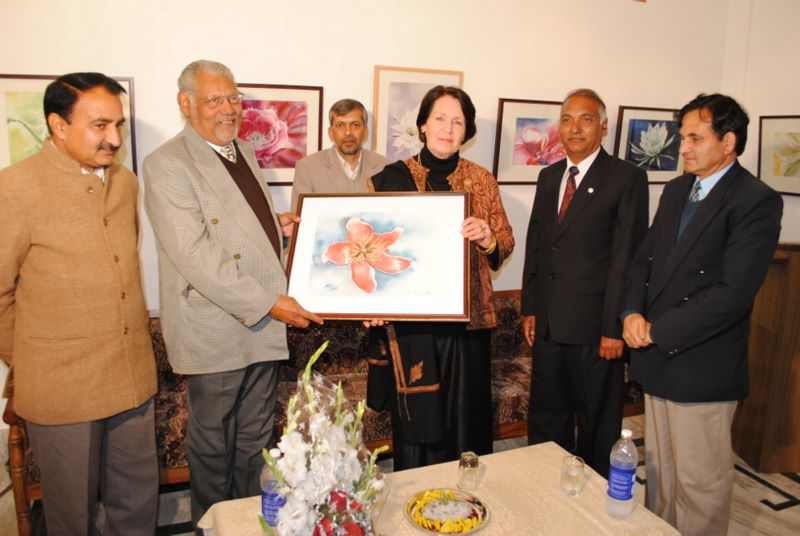 |
|
|
Opening ceremony of Naam Art Gallery |
|
The permanent exhibition in ‘NAAM ART GALLERY’
shows paintings by
Elsbeth Buschmann
- watercolours and acrylics
- and oil paintings by Alfred W. Hallett.
Elsbeth Buschmann, is a professional painter
from Germany, having studied painting in London and Paris .She
lived in many countries where she held exhibitions, especially
in the USA where she received various awards. Her paintings are
in private collections in Germany, USA, Scotland, India and
Switzerland. In India she held solo exhibitions at AIFAX, New
Delhi and TAG, the Art Gallery of the Taj Mahal Hotel, Mumbai.
She also took part in ‘The Himalayan National Exhibition of Art’
and was awarded.

A.W.Hallett
is a very well renowned painter from England. He studied art in
London and participated in two exhibitions of the Royal Academy
of Art, London which entitled him to become a Fellow of the
Academy. He held various international exhibitions. He lived
over 40 years at Dharamsala and became very popular in Himachal al
Pradesh. Many of his paintings are owned by the government of
Himachal Pradesh. A.W. Hallett held a special interest in the
culture and scenery of Himachal Pradesh which are the main
elements of his work. He passed away in 1986 at Dharamsala.. The
display of his paintings in ‘NAAM ART GALLERY’ are a tribute to
this great painter.
website
www.naamartgallery.com
Gallery Timing: 10 am to 7 pm (Monday closed)
|
|
|
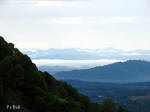 |
|
Dharamshala View |
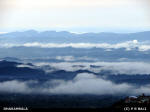 |
|
Dharamsala View |
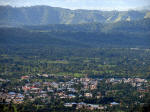 |
|
Dari |
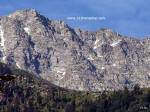 |
|
Dhauladhar
|
 |
|
Naddi Village |
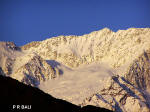 |
|
Dhauladhar
|
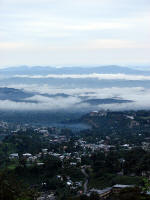 |
|
Dharamsala |
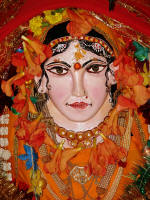 |
|
Kunal Pathri Temple |
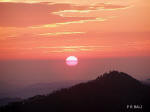 |
|
Sun set
view from Cantt area |
| |
|
| |
|
|
|
Photos of mud brick houses in Sidhbari Mud building workshop |
|
|
|
Transport :- There is an airport about eighteen kilometers from lower
Dharamshala connecting to Delhi, Kullu, Shimla.
Dharamshala
can also be reached by an overnight or day bus from Delhi, which takes
about twelve to fourteen hours. A more comfortable alternative
would be to take a twelve-hour train trip from Delhi to
Pathankot and then a three-hour bus or two-hour taxi ride to
Dharamshala. From there buses and taxis regularly shuttle
people to McLeodgunj. |
|
The Kangra Valley
is rich par in unexplored archaeological sites of great
importance to understanding Indian Buddhism; in
635 AD the Chinese monk-pilgrim, Hsuan Tsang
recorded fifty monasteries with around 2,000 monks in this
fertile region. But, a century later, Buddhism and all its
sites were eliminated from the valley during an upsurge of
Brahminical revivalism. Dharamsala's earliest
history is obscured by time and the successive invasions that
swept through all North India. But it is known that the
original tribes identified with Kangra's hilly tracts were
Dasas, a warrior people, later assimilated by Aryans. In 1849
the British posted a regiment in Dharamsala, but the place was
not to remain a military cantonment for long. By 1855 it was a
small but flourishing hill station and the administrative
headquarters of Kangra District, which
had been annexed by the British in 1848. The two main areas at
the time were McLeod Gunj, named after Lieutenant-Governor of
Punjab, David McLeod, and Forsyth Gunj, named after a
divisional commissioner. Lord Elgin, Viceroy of
British India and a former Governor-General of Canada, loved
the forests of Dharamsala so much that, before dying here in
1863, he asked to be buried in the graveyard of St. John's
Church in the Wilderness. Had he lived longer, Dharamsala
might have become the summer capital of British India.
The name
Sir Francis Younghusband -
leader of British India's fateful incursion to Lhasa in 1904 -
also has Dharamsala connections. In 1856 his parents, Clara
Shaw and
John Younghusband, lived
in a bungalow in the pine forest above St. John's Church and
later bought land in the Kangra Valley to
pioneer a tea plantation. Clara's brother, Robert Shaw, was a
renowned explorer of Central Asia and an early Kangra tea
planter. But in 1905 a severe earthquake
changed the face of Dharamsala. Many buildings collapsed and
the whole settlement, once ravaged, was never reoccupied .The
local officials advised residents to move to the safety of
Lower Dharamsala which at that time comprised little more than
a jail, a police station and a cobbler's shop. The pine-clad
hillsides
continued to flourish as a quiet health resort for the "sahibs"
and "memsahibs" of British India. The visits of "sahibs" and "memsahibs"
ended
when India achieved independence in 1947. McLeod
Gunj then quickly became a sleepy, undistinguished village
until His Holiness the Dalai Lama, fleeing persecution in his
homeland, made it his home in exile and
moved the Central Tibetan Administration, in effect the Tibetan
Government-in-Exile, from Mussoorie to
Dharamsala in 1960. Today, more than 8,000 Tibetan refugees
consider Dharamsala their second home |
|
Present Facts:-
Dharamsala is
situated in the northern Indian state of Himachal
Pradesh. It lies on a spur of the Dhauladhar range, the Pir Panjal
region of the Outer Himalayas; and commands majestic views of the
mighty Dhauladhar ranges above, and the Kangra Valley below.
Dhauladhar means "white ridge" and this breathtaking, snow-capped
range rises out of the Kangra Valley to a height of 5,200 meters
(17,000 feet). The
mountains dominate the scenery in McLeod Gunj. They form a
treacherous range creating unpredictable weather, but passes of
2,400 meters (8,900 feet) provide route for the herdsmen of the Ravi
Valley beyond. The
Kangra Valley is a wide, fertile plain, criss-crossed by low hills.
The scenery touched the heart of a British official who wrote: "No
scenery, in my opinion, presents such sublime and delightful
contrasts. Below lies the plain, a picture of rural loveliness and
repose... Turning from this scene of peaceful beauty, the stern and
majestic hills confront us... above all are wastes of snow to rest
on."
Dharamsala is divided into two very different parts. Kotwali Bazaar
and areas further down the valley (at the average height of 1,250
metres) are called Lower Dharamsala, while McLeod Gunj (at the
height of nearly 1,800 metres) and surrounding areas are
known as Upper Dharamsala. McLeodgunj is
nine kilometers by bus route and four kilometres by taxi route up
the hill from Kotwali Bazaar.While inhabitants of Lower Dharamsala
are almost all Indians,
McLeod Gunj is primarily a Tibetan area. McLeod Gunj is surrounded
by pine, Himalayan oak, rhododendron and deodar forests. The main
crops grown by local Indians in the valleys below McLeod Gunj are
rice, wheat and tea.
Today, streams of Tibetan refugees from all over the world flock to
McLeod Gunj to receive blessings and teachings from His Holiness
the Dalai Lama.
Western and Indian tourists and scholars come here to see the
rebirth of an ancient and fascinating civilization. The high
altitude and cool weather contribute physically to this recreation
of the original Tibetan environment. Dharamsala pulsates with the
sights and sounds of old Tibet. Though certainly more modern, life
is basically Tibetan in character. Shops strung out along the narrow
streets of McLeod Gunj sell traditional Tibetan arts and handicrafts
and the aroma of Tibetan dishes lingers in the air.
|
| More On This Topic |
Birds of Himachal
For a bird
watcher, Kangra is just incredible. About half of the known
world population of Bar --headed Geese winters in the
foothills of this part of the Himalayas at Pong wetland. And
every year, a migration route of over 10,000 Steppe Eagles
passes over Mcleod Ganj. The excitement of discovering these
things is something I can't express in words," Jan den Besten |
|
|
| |
|
|
|
Dharamsala Bhagsunag waterfall |
| |
|
TIBET’S ENVIRONMENT
All of China’s openly documented
nuclear tests have been carried out at Lopnor
in Xinjiang province, northwest of Tibet. These tests have
been linked to the increases in cancer and birth defects, but
no medical investigations have been carried out... Read
more..... |
| |
|
Photos of
1905 Earth Quake:-The
earthquake that struck the Dharamshala
Kangra area in Himachal Pradesh on April 4th, 1905 is among
the deadliest earthquakes in the history of India. According
to the then provincial government of Punjab, 19,727 people
were killed. Read more... |
| Care and
cure, the Tibetan way |
|
Patients from all over the country, and even abroad, are turning to
Tibetan medicines, reports Vibhor Mohan from Dharamsala Read
more.... |
| |
|
Himachal Pradesh certainly need a disaster mitigation
action plan functional at lower leval. Dr Rakesh Kapoor
Read more..... |
| |
|
Geology
(Kangra
District]:-The Tertiaty rocks in the Dharmsala area
and to a lesser extent in the Dehra Dun area, form deep bays
into the ancient Himalayan mass, they are very thick beds and
have accumulated comparatively recently in geological history
at a very rapid rate so that a condition of unequilibrium has
been set up in the earth 's crust in these
areas;
Read
more... |
| |
|
Nagadhiraj Himalaya A Review of the Indian Himalayan
|
|
In the northern direction there is a noble souled mountain
called the Himalaya He is Nagadhiraj, the Lord of all mountains,
with his two extending arms fathoming the eastern and
western oceans He stands unsurpassed as the measuring rod of the
earth '' Read more |
| |
|
Dadasiba Temple:-
Dada Siba was a small state whose ruling dynasty was an
offshoot of the house of Kangra. Raja Ram Singh who ruled over
the state about two hundred years ago, was a man of refined taste
Read
more... |
| |
| Mountaineering,Trekking
& Adventure |
|
I want to warn that in this new century, there will be water wars,
between countries and within countries. With little forestry,
the rivers are drying up and being polluted by uncontrolled
industries. Forests, where the tigers have now entirely
disappeared. The reduction of forests is damaging our rivers.
I want to warn our young people, that in this new century;
there will be water wars, between countries and within
countries Read more.. |
| |
| Mysticism,Romance
and......... |
|
Between the forests and the snow lies the most poetical of the
mountain regions. There, when climbing upwards you first feel
the bundle of earthly care rolls off your shoulders and that
you have finally cleared the ‘slough of despond’. There in the
early months, you walk knee-deep in flowers, every one of
which is a bit of embodied poetry.”
Read more.. |
| |
|
A neglected
Heritage !
Three kilometres east of Dhameta, a small town in Kangra, there
stands a cluster of antique, unique, tall temples which remain
dipped in water for eight months
Read more....
|
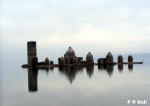 |
|
|
www.123himachal.com |
|